
Sachiya Mata Temple
Sachiya Mata Temple is a sacred Hindu shrine located in the district of Ossian in Jodhpur. This temple holds a great religious importance among the Hindus and Jains alike. It was built between 9th-10th centuries under the reign of a Parmara ruler, King Upendra. This temple has various legends associated with it and a famous legend goes like this- On the occasion of Navaratri, several buffaloes were butchered and their meat was offered to the Goddess. A Jain Acharya, Swami Ratna Prabh Suri requested to stop this act forever and in return, he faced the wrath of Sachiya Mata. It was his test and Goddess blessed him that no more meat offerings will be made in this temple. Till date, this tradition is continuing.
Located 65 kilometers from the Sun City of Jodhpur, the desert town Osian is famous for its Jain and Hindu temples and numerous amorous structures within, and it’s for the very same reason it’s referred to as ‘Khajuraho of Rajasthan’.
Established on a hillock, this is an age-old shrine that dates back to the 8th-century and is dedicated to the daughter of the Pauloma, the demon king. The hillock, which is located just about 200 meters away from the highway bus stand, witnesses crowds of Hindu and Jain pilgrims all through the year. A fragment of the crowd consists of devotees who come to the temple prior to the marriage of their children. However, the majority of devotees flock the temple for Navratri, i.e. 9 days of worship in the months of March/April and October/November. This is because Sachiya Mata is believed to be the 9th and final incarnation of Goddess Durga.
There once existed a temple dedicated to Chamunda Devi in Upkeshpur, the present day Osian. The temple witnessed a mass killing of buffaloes to please the Goddess. Jain Acharya Shri Ratna Prabh Suri saw to it that no animal was harmed in his presence and put a complete ban on animal slaughter. Initially angered at such disservice, the Goddess later realized the power in Acharya’s decision and began to accept Prasad and lapsi as offerings. Seeing the transformation, Acharya named her Sachiya.
The complex that we see today is a temple built in the 8th century by Parmar King Upmendre in commemoration of his Kuldevi. It was later renovated in the 12-th century and has since remained unaltered.
This archaeologically brilliant temple resides on the western outskirts of Osian and stands within a walled enclosure. The main temple comprises of 7 smaller complexes, 4 of which are located on the eastern side and the other 3 on the western.
The entrance of the temple is formed by a string of beautifully sculpted and whimsically decorated arches. A long flight of stairs takes one to the fore-chamber, which enshrines the idol of Sachiya Mata along with the images of other Hindu deities. Before the pavilion and beyond the gateway are many sandstone statues of different incarnations of Goddess Durga. These were excavated by archaeologists and installed within the temple.
Religious Sites in Rajasthan
-
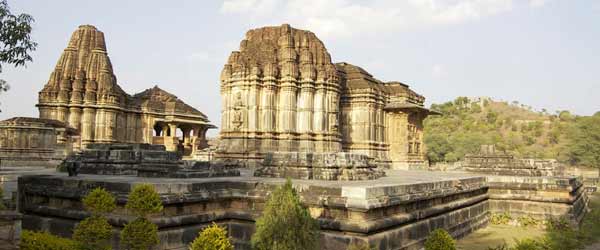
Eklingji Temple
-
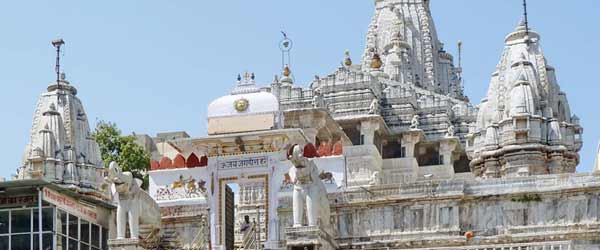
Jagdish Temple
-
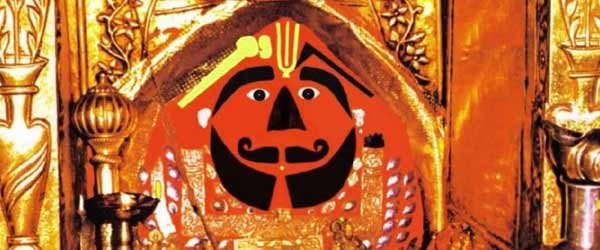
Salasar Balaji Temple
-
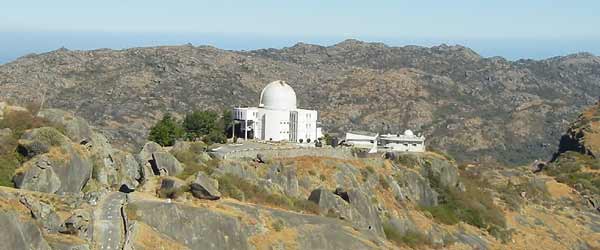
Guru Shikhar
-
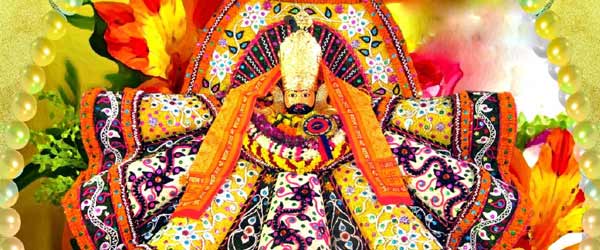
Khatu Shyamji Temple
-
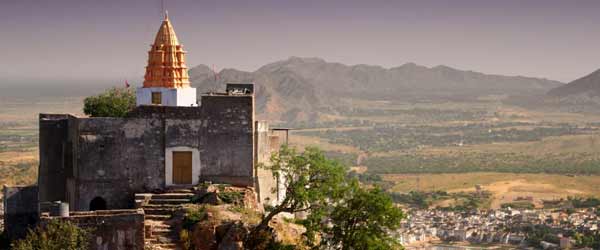
Savitri Temple
-
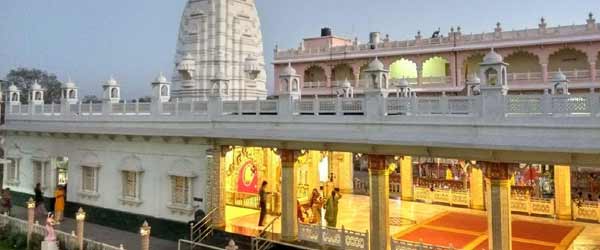
Rani Sati Temple
-
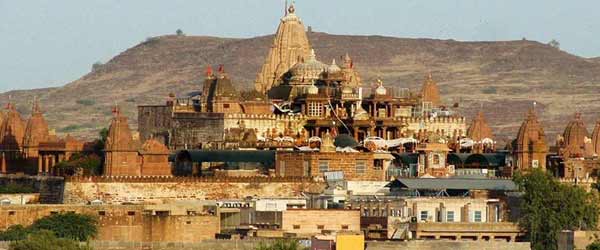
Sachiya Mata Temple
-
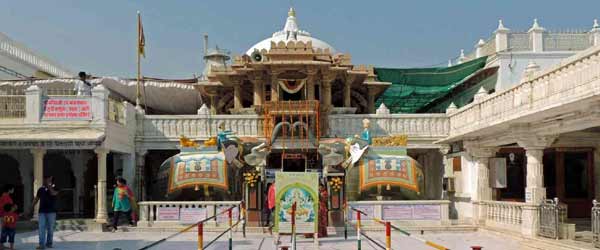
Shri Nakoda Jain Temple
-
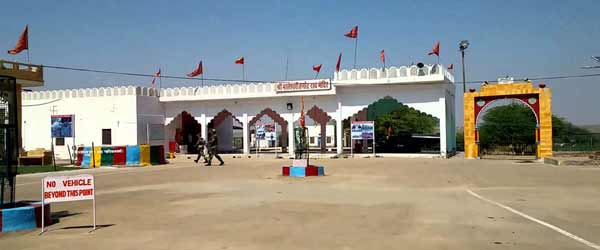
Tanot Mata Temple
-
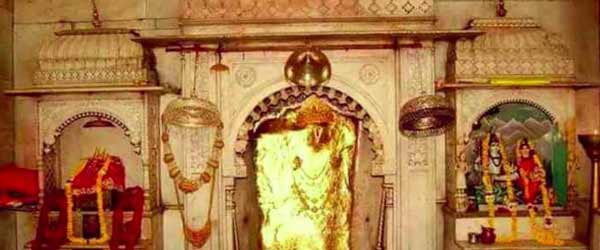
Mehandipur Balaji Temple
-
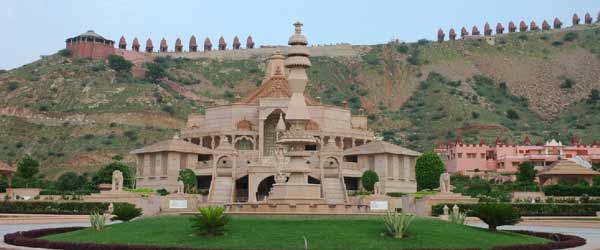
Nareli Jain Temple
-
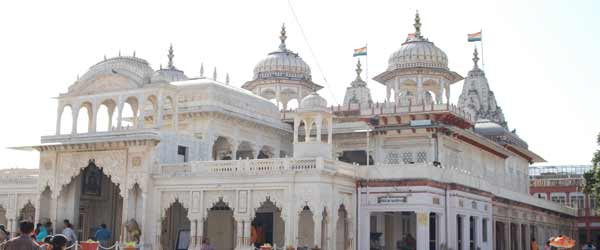
Shri Mahavirji Jain Temple
-
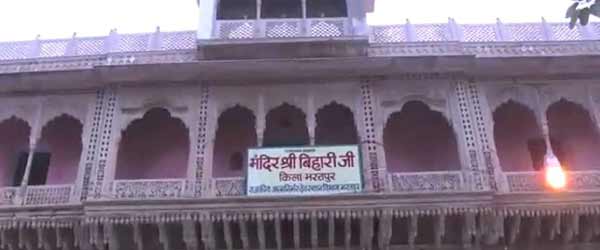
Banke Bihari Temple
-
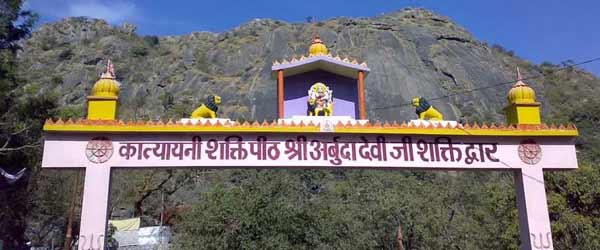
Adhar Devi Temple
-
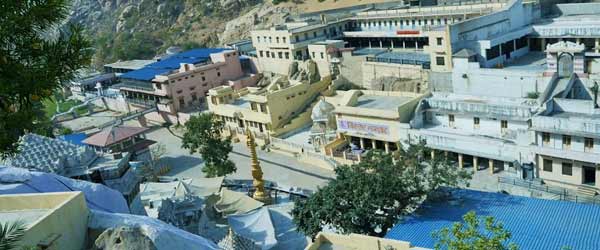
Sundha Mata Temple
-
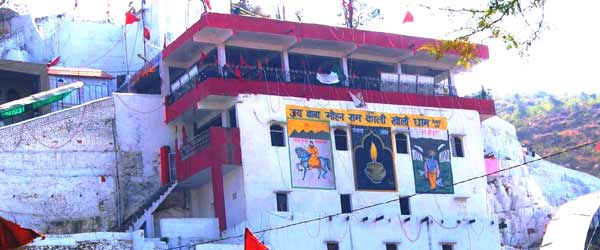
Baba Mohan Ram Temple
-
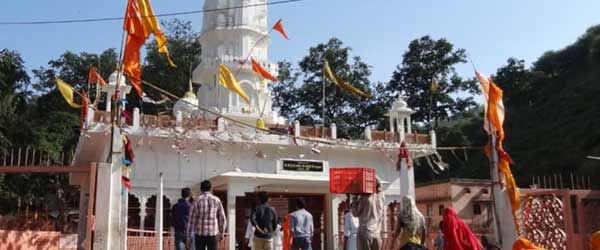
Bhartrihari Temple Alwar
-
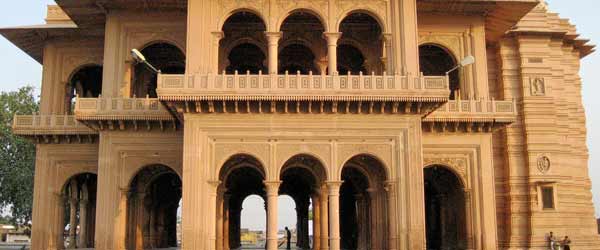
Laxman Mandir Bharatpur
-
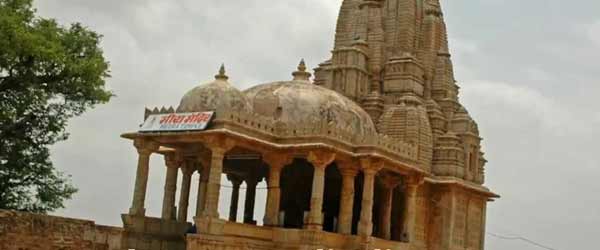
Meera Bai Temple
-
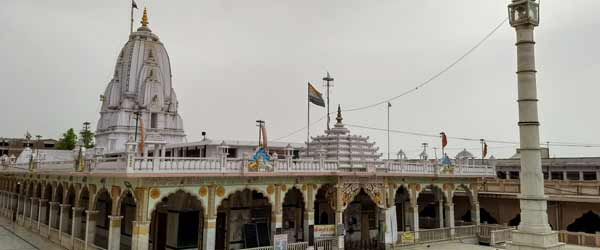
Tijara Jain Temple Alwar
-
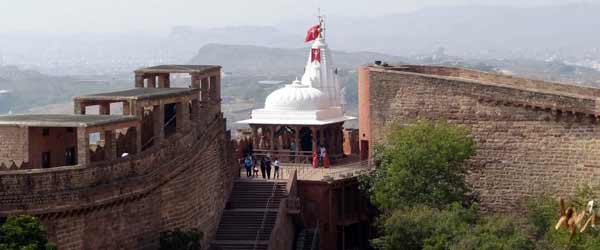
Chamunda Mataji Temple
-
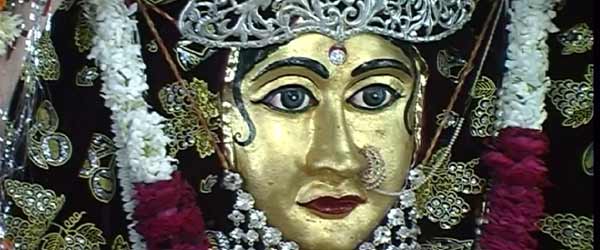
Santoshi Mata Temple
-
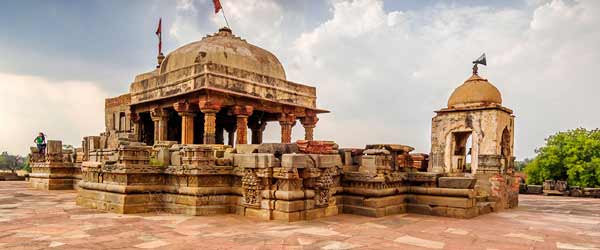
Harshat Mata Temple
-
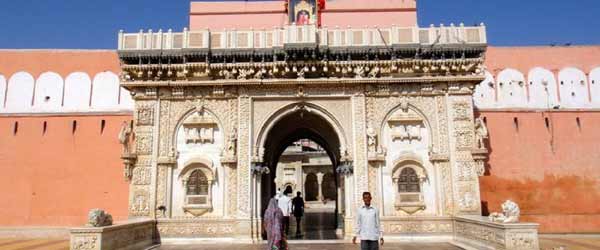
Karni Mata Temple
-
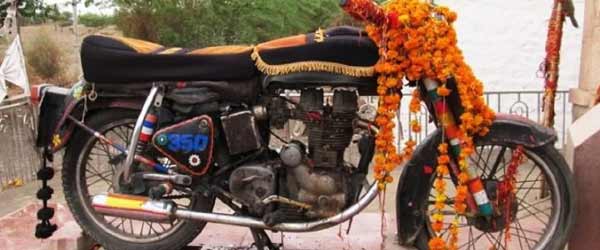
Bullet Baba Temple
-
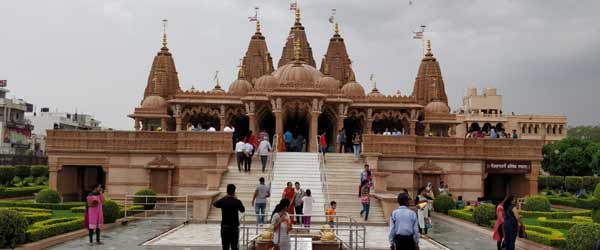
Akshardham Temple Jaipur
-
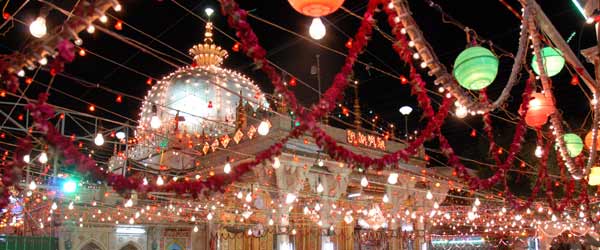
Ajmer Sharif dargah
-
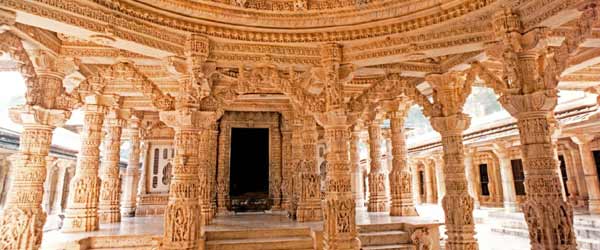
Dilwara Temple
-
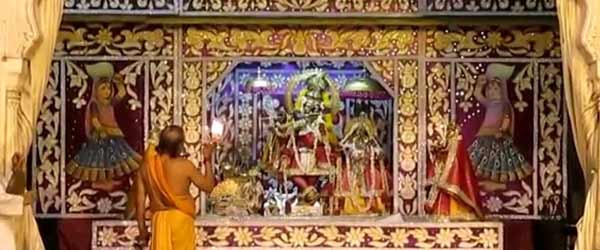
Govind Devji Temple
-
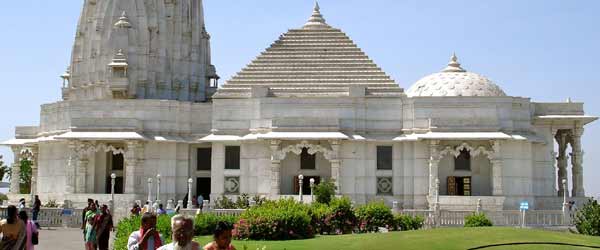
Birla Mandir
-
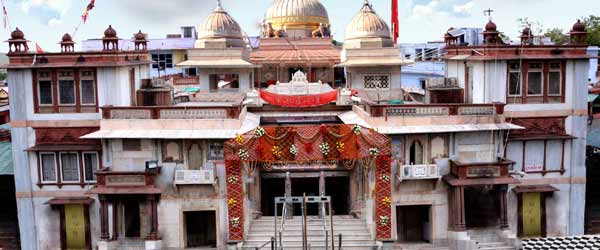
Kaila Devi
-
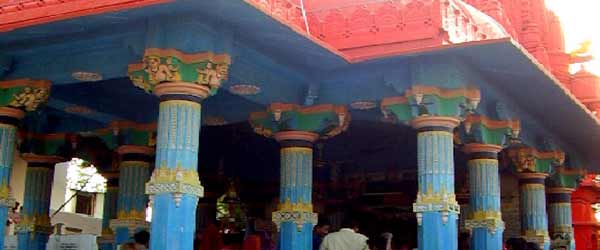
Brahma Temple
-

Ranakpur Jain Temple
-
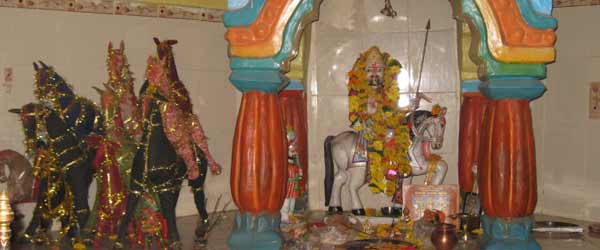
Sri Ramdevji Temple
-
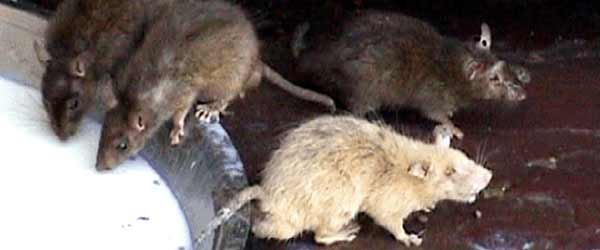
Deshnok Temple
-
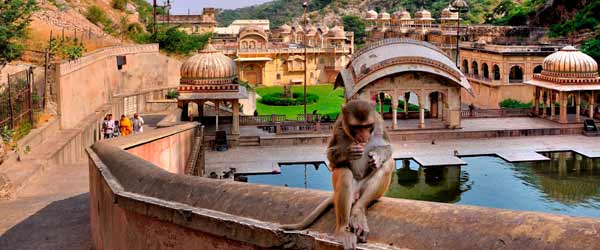
Galtaji Temple
-
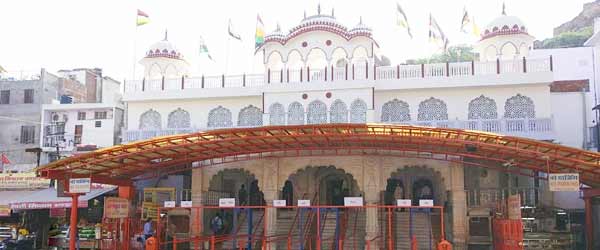
Moti Doongri Temple
-
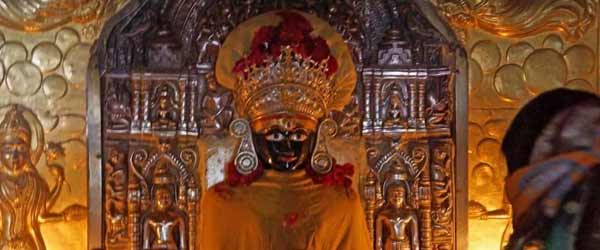
Parshvanath Temple Nakoda
-
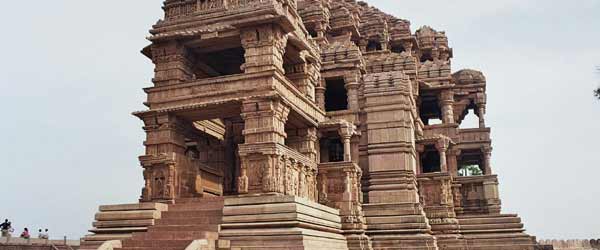
Sahastra Bahu Temple
-
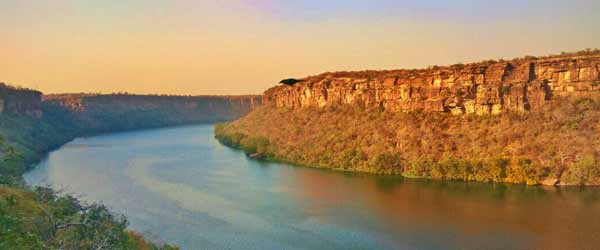
Garadia Mahadev Temple
-
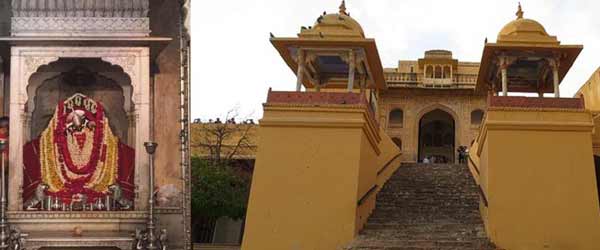
Shila Devi Temple, Jaipur
-
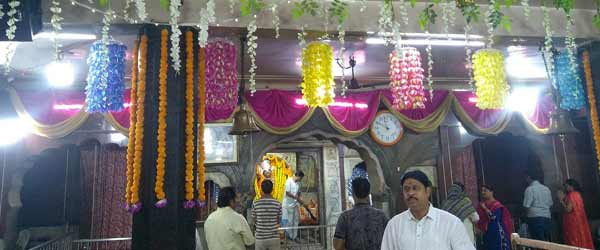
Kale Hanuman Ji Temple
-
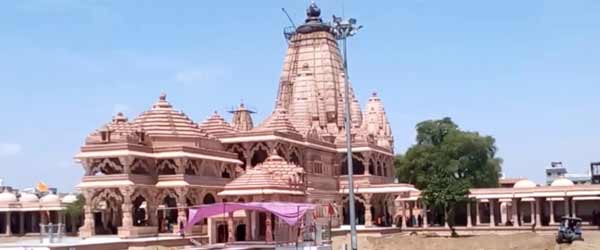
Sanwaliya Seth Temple
-
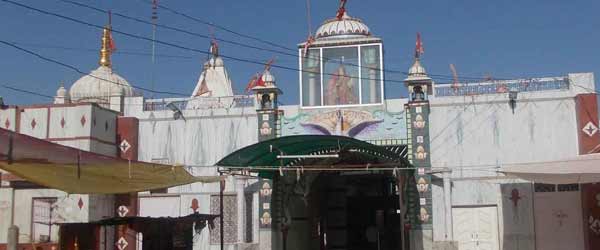
Brahmani Mata Temple
-
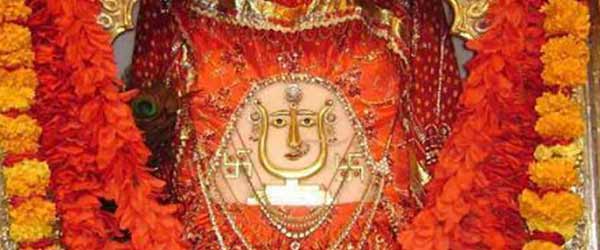
Jeen Mata temple
-
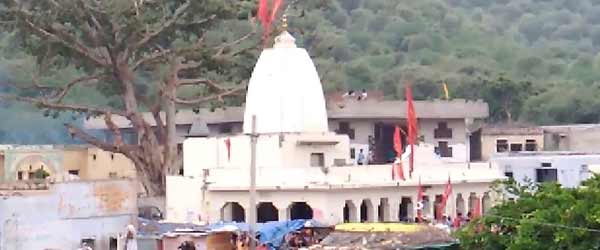
Narayani Mata Temple
-
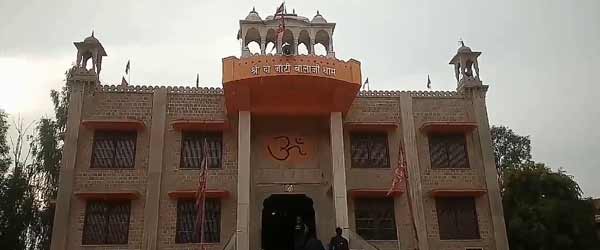
Shri Do Janti Balaji Dham
-
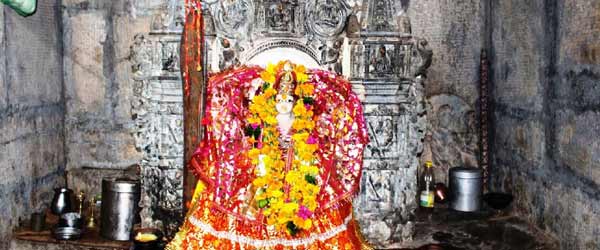
Ambika Mata Temple
-
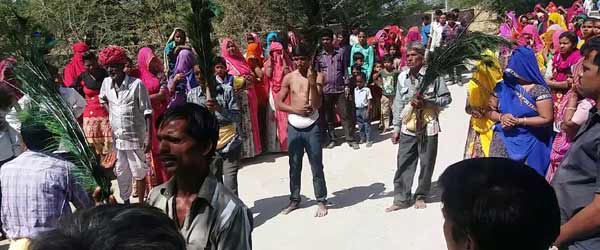
Avari Mata Temple
-
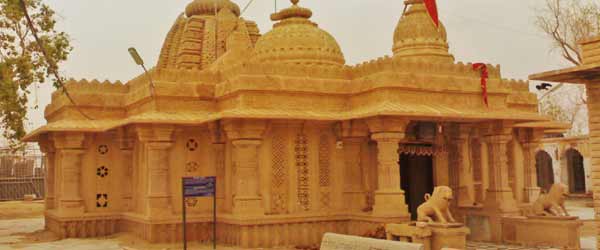
Dadhimati Mata Temple
-
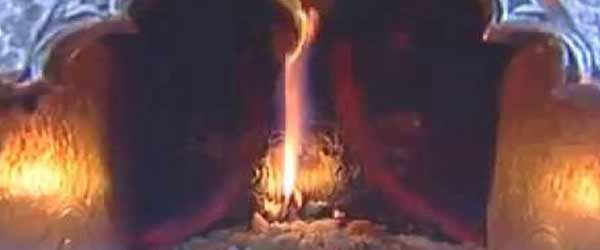
Jajwala Mata Temple
-
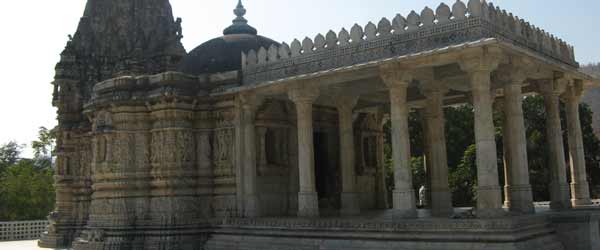
Surya Narayan Temple
-
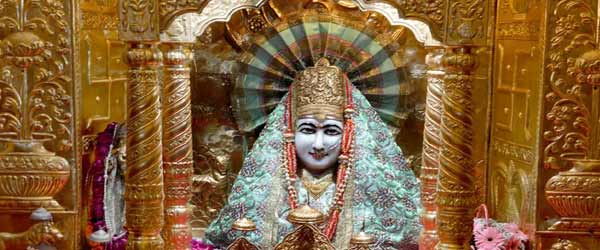
Mansa Mata Mandir
-
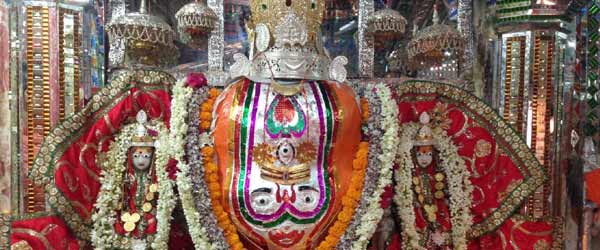
Trinetra Ganesh Temple
-
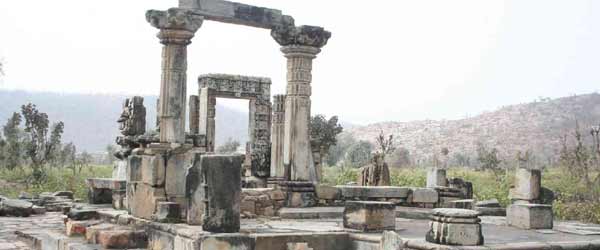
Neelkanth Temple, Alwar
-
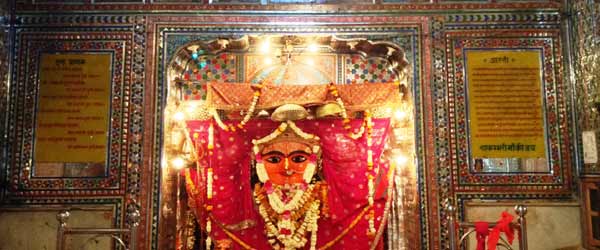
Shakambari Mata Mandir
-
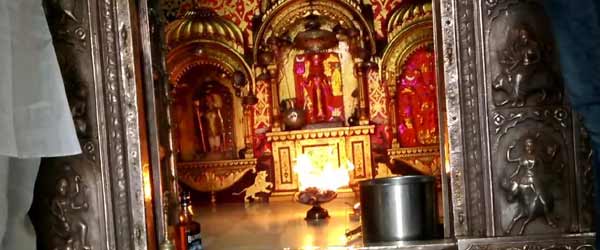
khurad mataji mandir
-
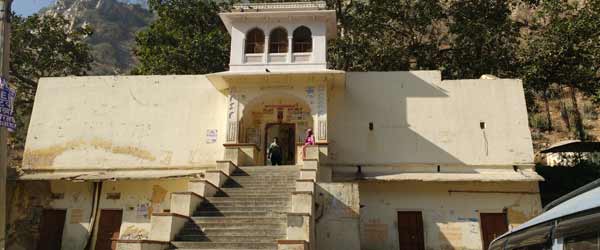
Jamway Mata Temple
-
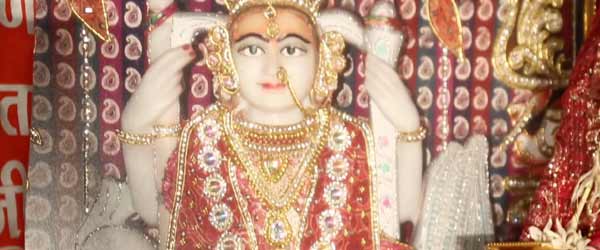
Ban Mata Temple
-
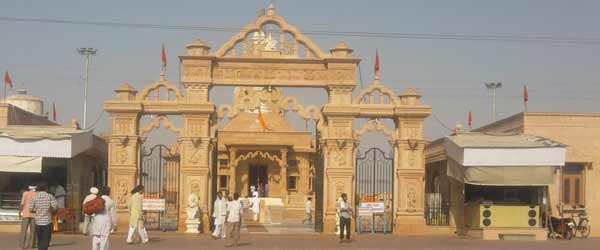
Ichchha Puran Balaji Mandir
-
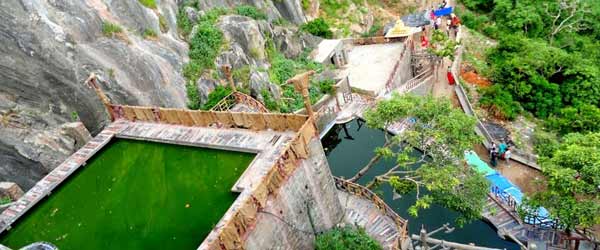
Parshuram Mahadev Temple
-
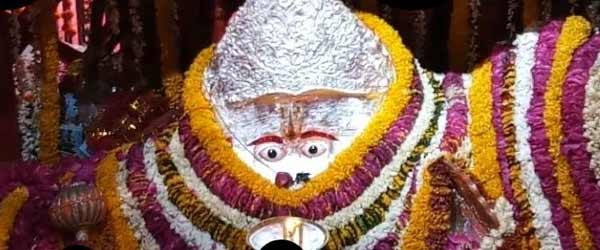
Pandupol Hanuman Ji Mandir
-
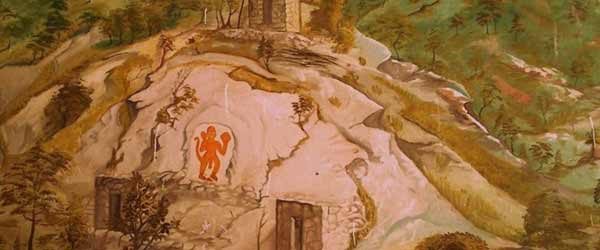
Khole Ke Hanuman JI Temple
 +91 9549279999
+91 9549279999 
